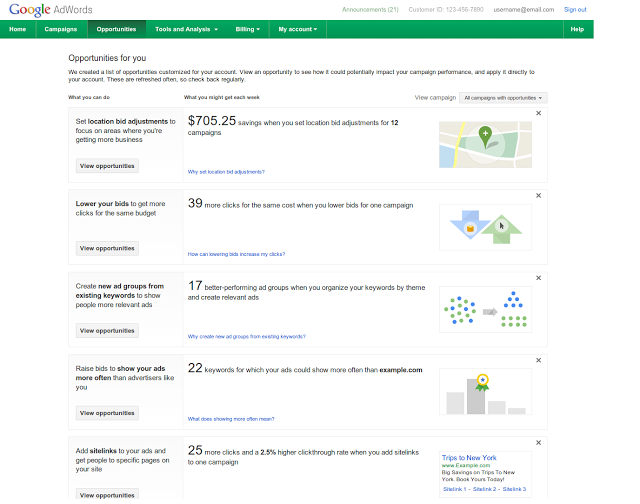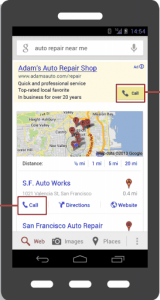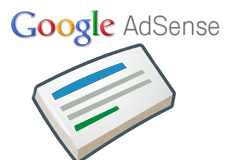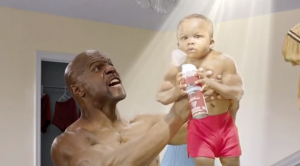 Every brand wants their commercials to go viral, but how do you connect with viewers on the internet? It might seem like common knowledge, but the best way to get users searching for your commercial is comedy. At least, according to Bing Ads’ list of most searched for ad campaigns it is.
Every brand wants their commercials to go viral, but how do you connect with viewers on the internet? It might seem like common knowledge, but the best way to get users searching for your commercial is comedy. At least, according to Bing Ads’ list of most searched for ad campaigns it is.
Just as with their recent list of 2013 search trends, Bing Ads has put together the most searched for ad campaigns of the last year, as well as the most popular brand searches on Bing in 2013. Perhaps unsurprisingly Old Spice took top billing with its “Baby” as starring Terry Crews, as well as their more surreal “Watermelon” ad, viewable below.
http://youtu.be/hfiiWGWhB9g
Despite mostly dominating the top 10, humor wasn’t the only thing internet viewers looked for in commercials. The third most popular commercial was from Skype’s “Stay Together” campaign, and GoPro’s “Fireman Saves Kitten” also closed out the list. Notably, two of the ads – Chrysler Ram Truck’s ad and GoDaddy’s “The Kiss” – originally appeared during this year’s Super Bowl.
Bing Ad’s Most Searched Advertising Campaigns of 2013
- ‘Baby’ and ‘Watermelon’ – OldSpice
- Baby & Me – Evian
- Stay Together – Skype
- Show Your Joe – Kmart
- Hump Day – Geico
- The Kiss: Bar Rafaeli’s Perfect Match! – GoDaddy
- ‘Grandma’ and ‘Werewolf’ – AT&T
- Test Drive – Pepsi MAX
- The Year of the Farmer – Chrysler Ram Truck
- Fireman Saves Kitten – GoPro
Bing didn’t stop with just the most popular ad campaigns though. They also collected the most searched for brands of the year, organized by their market. Ebay was the most popular shopping network, followed by Amazon, while Ford came out the winner for automobiles. You can see the rest below:
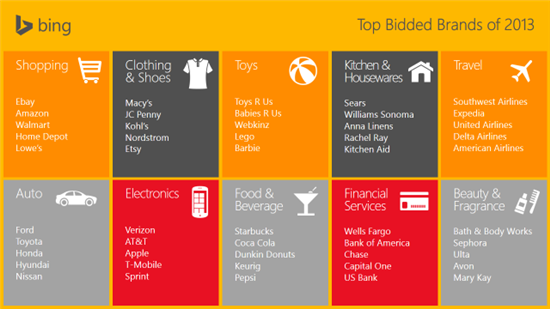

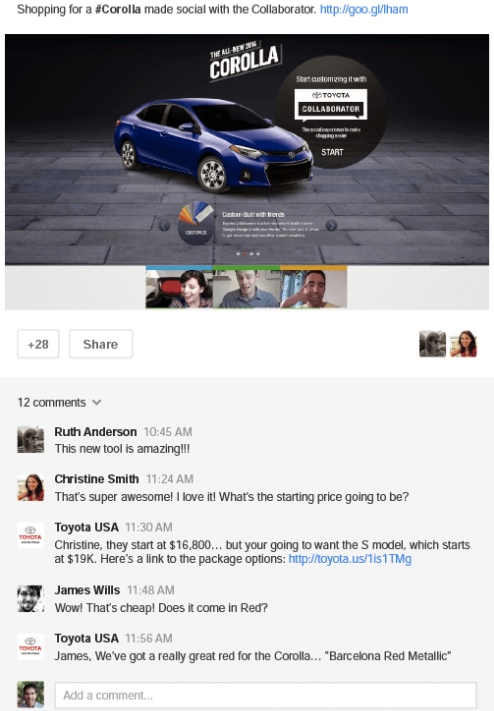
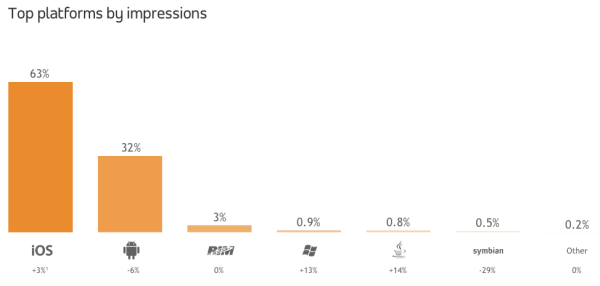

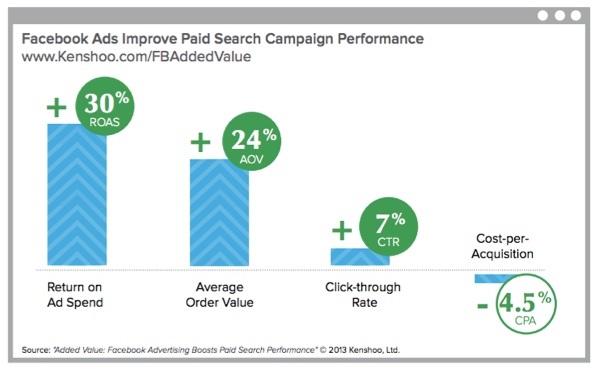
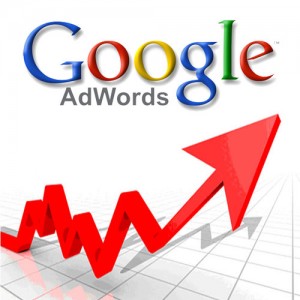 You may have noticed earlier this month that the AdWords Bid Simulator tool has a new feature which
You may have noticed earlier this month that the AdWords Bid Simulator tool has a new feature which  Social media has become a part of our lives whether we like it or not, and don’t expect that to change in the next year. In fact, if marketing trends are to be believed, 2014 could be the biggest year yet for social media marketing. Erik Sass
Social media has become a part of our lives whether we like it or not, and don’t expect that to change in the next year. In fact, if marketing trends are to be believed, 2014 could be the biggest year yet for social media marketing. Erik Sass 